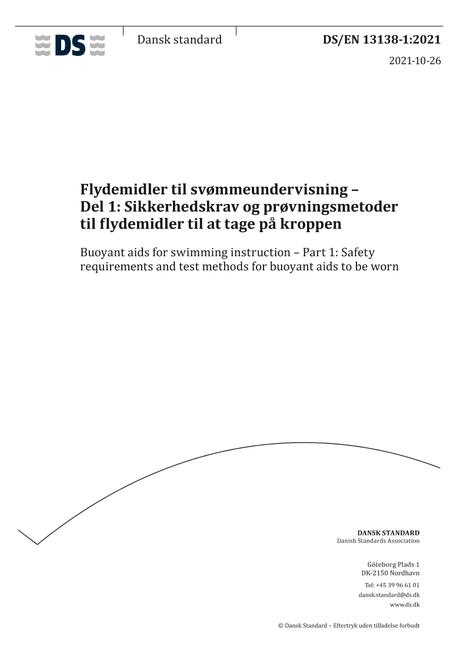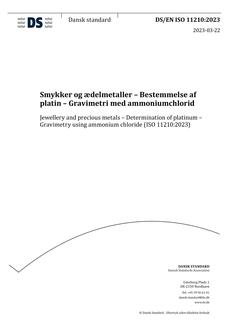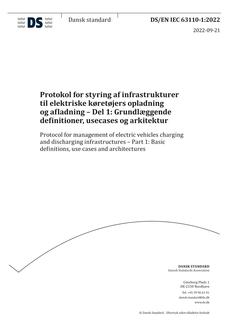-
-
Available Formats
- Availability
- Priced From ( in USD )
-
Available Formats
-
- Immediate download
- $51.00
- Add to Cart
-
- Printed Edition
- Ships in 1-2 business days
- $51.00
- Add to Cart
Customers Who Bought This Also Bought
-

DANSK DS/EN 17203
Priced From $60.00 -

DANSK DS/EN 13138-1
Priced From $110.00 -

DANSK DS/EN ISO 11210
Priced From $51.00 -

DANSK DS/EN IEC 63110-1
Priced From $147.00
About This Item
Full Description
This standard applies to the measurement of fugitive emissions of volatile organic compounds (VOCs) from process equipment. The leak sources include, but are not limited to, valves, flanges and other connections, pressure relief devices, process drains, open-ended valves, pump and compressor seal systems, agitator seals, and access door seals. It does not apply to instrument tubing connections.
This standard applies to all products of which at least 20 % wt has a vapour pressure higher than 0,3 kPa at 20 °C. For the petroleum industry, this includes all light products and excludes kerosene and all heavier products.
The standard is based on the measurement of the gas concentration at the interface of a leak. This concentration is measured with a portable instrument. It is converted to a mass emission rate by use of a set of correlations. The scope of this standard includes the complete data processing, from the initial concentration measurement up to the generation of an emission report over a reporting period (which is generally one year) ).
This standard does not prescribe the number of potential emission points that should be screened each year nor the frequency at which these points should be screened. This sampling strategy shall indeed take into account the plant characteristics and the required level of control over fugitive emissions.
Optical methods are currently under development to ease the detection of leaks in plants and use of this standard in conjunction with these methods might be possible. In any case, measurements have to be performed according to the requirements of this standard. To enable direct quantification of total fugitive emissions based only on these methods, a subsequent revision of this standard will be needed.





